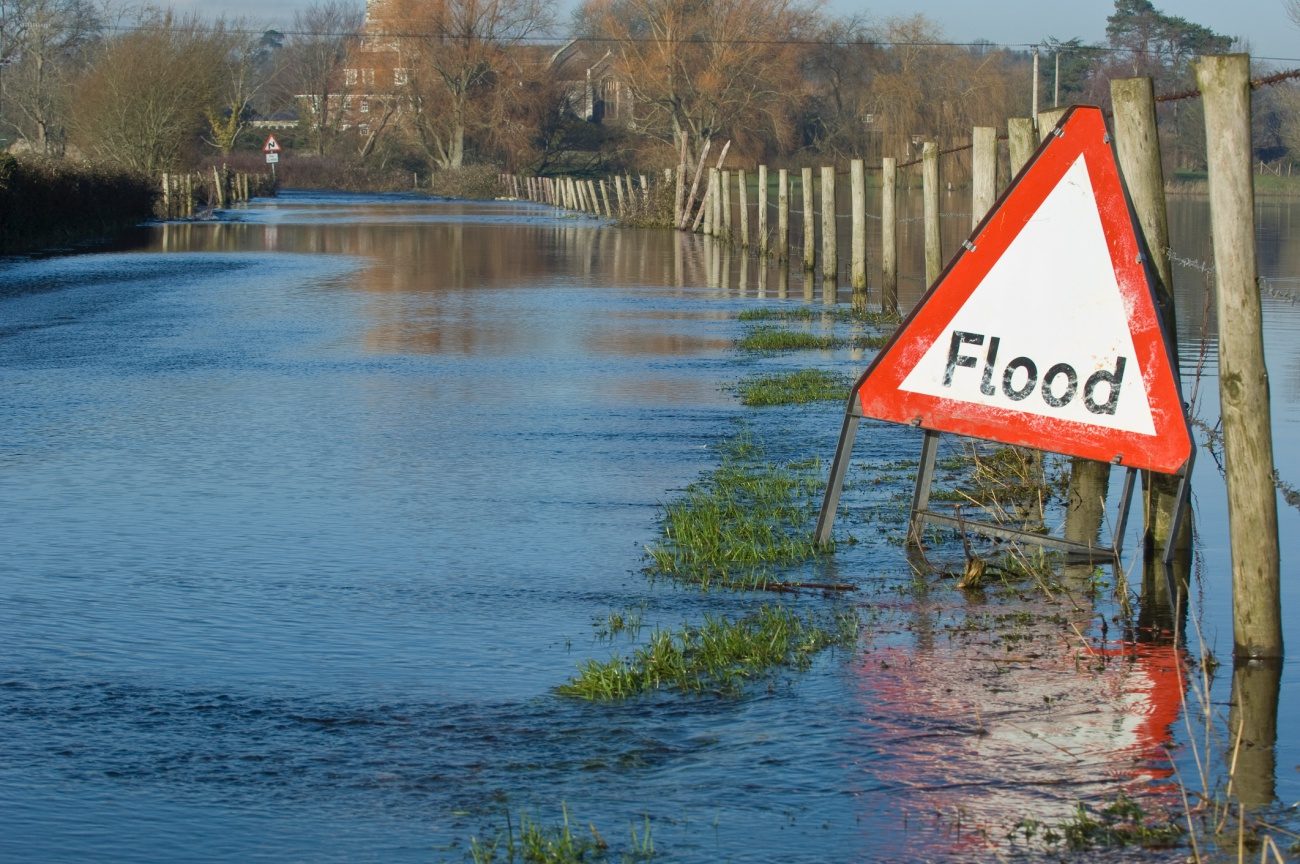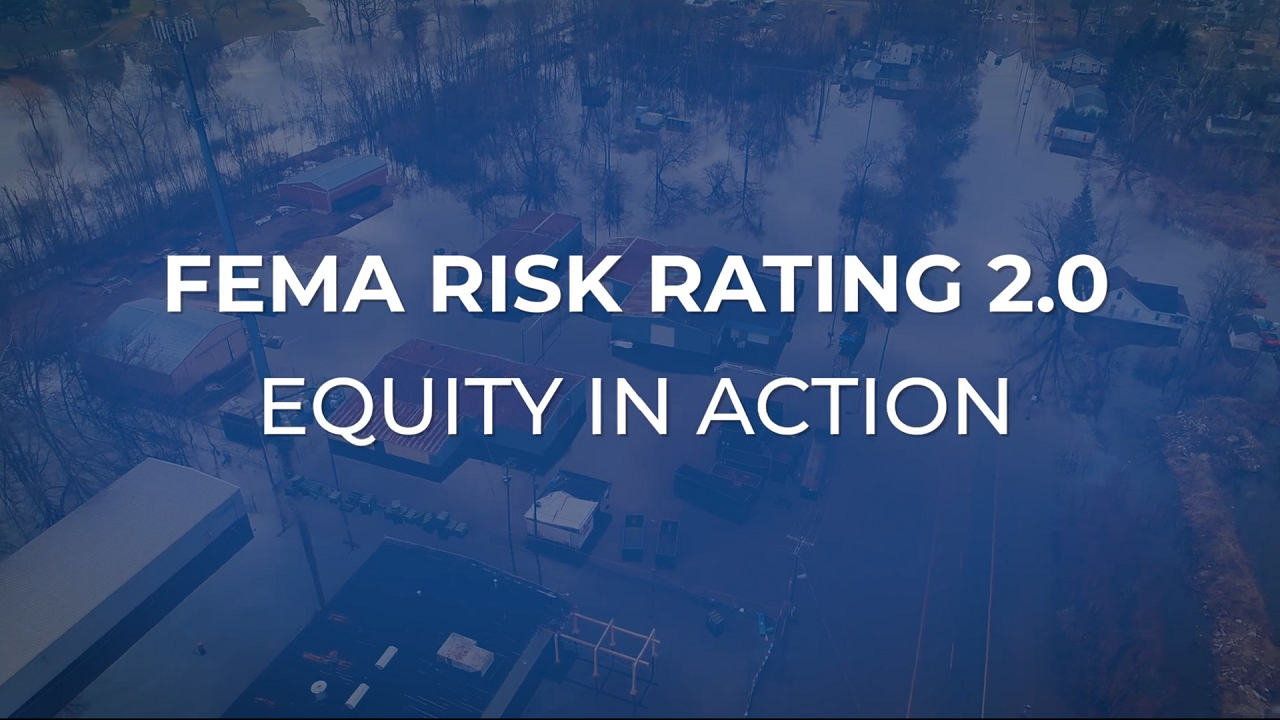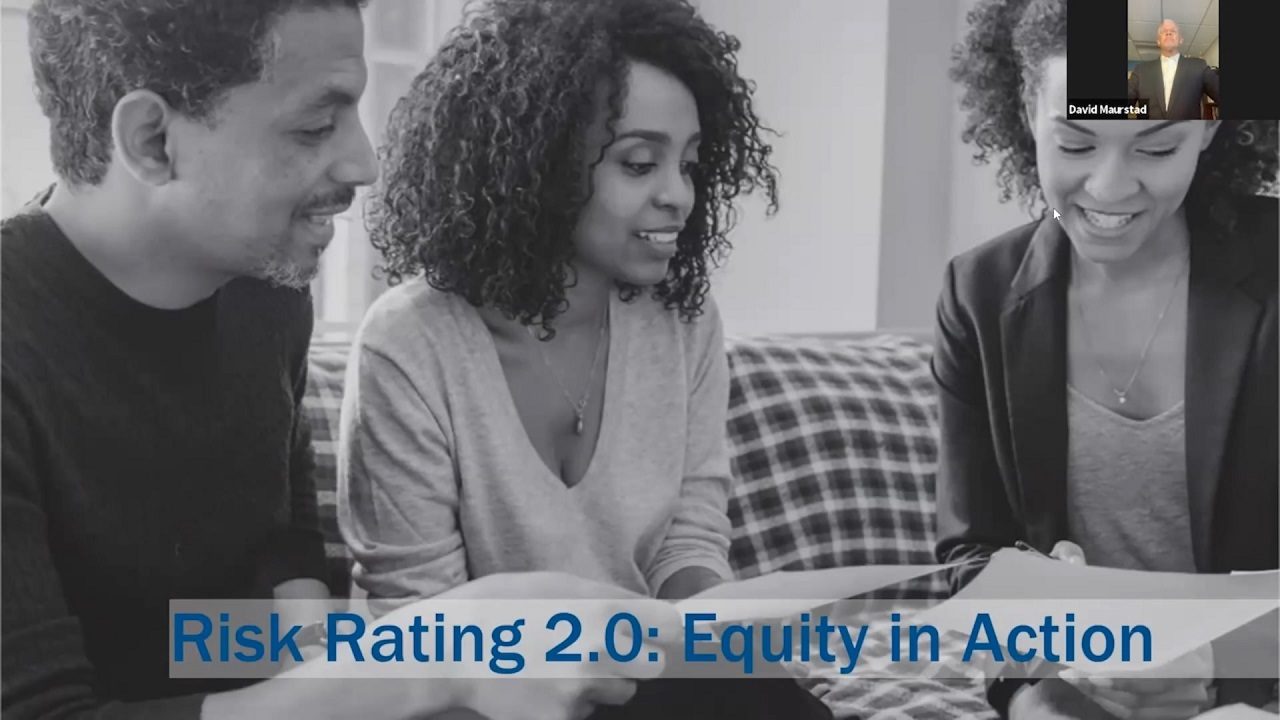
Legal
Flooding is the most common and costly natural disaster in the U.S., and it can impact your business as a real estate professional. Flooding is considered a material fact to a real estate transaction, and failure to disclosure flood damage can result in liability.
Brokers and agents generally owe buyers a duty to disclose adverse material features, conditions, or aspects of property of which they have actual knowledge. Brokers and agents are not, however, generally required to investigate independently whether a property is in a flood zone or otherwise in an area likely to be subject to flooding or flood risks.
In general, a broker or agent must disclose the following facts when they have actual knowledge:
• that a property is in an area where flood insurance is required;
• that flood insurance was required in past;
• that the property is located in an area that has flooded in the past;
• and that the property is located in an area subject to flood risk that may cause many or most owners to purchase flood insurance.
State laws on flood disclosures vary, so it’s crucial to understand your obligations in the state where you practice real estate. A good place to start is this state-by-state flood disclosure survey published at https://www.nar.realtor/national-flood-insurance-program/state-flood-hazard-disclosures-survey.
Keep in mind that a property does not have to be near water to flood. Heavy rain, rising sea and river levels, melting snow, drainage system backups, and broken water mains can all cause flooding. In fact, 25 percent of flood insurance claims occur in low or moderate risk areas. Flood damage is excluded under standard home owner insurance policies, and a home doesn’t have to be in a high-risk flood zone to obtain flood insurance.
Potential Increases in Premium
The Biggert-Waters Flood Insurance Reform Act of 2012 (B-W Act) reauthorized the National Flood Insurance Program for an additional 5 years. That Act also largely eliminated federal subsidies of flood insurance, resulting in increases in the premiums to be charged for flood insurance coverage, as determined by FEMA. Because those rate increases were in some cases significant, many property owners or prospective property owners raised concerns about their exposure to higher flood insurance rates. Real estate brokers and agents also raised concerns about their possible exposure to misrepresentation claims by property purchasers who acquired property before such increases take effect and are later subject to substantial increases in their flood insurance premiums.
As a result of property owner concerns about higher flood insurance premiums, NAR and others sought from Congress legislation to slow the implementation of higher rates. On March 21, 2014, the President signed the Homeowner Flood Insurance Affordability Act of 2014, which eliminated the immediate application of full market-based rates upon the sale of a property or a new policy. While the Flood Insurance Affordability Act did not overturn the full-market rates triggered by the B-W Act, it did phase in the higher rates by limiting future increases to no more than 18 percent per year for most properties; allowing for new owners to assume a prior owner’s policy at existing rates; providing for properties to retain their “grandfathered” rates; and providing for the grandfathering of newly mapped properties.
While the full market rates have continued to phase in over time, NAR has been collaborating with FEMA to update its 50-year-old risk rating methodology, which was responsible for the most inaccurate and excessive rates under the B-W Act. On October 1, 2021, FEMA began implementing a new rating methodology, called Risk Rating 2.0, which leverages modern insurance technologies, practices and data sets to price each and every home individually rather than by broad geographic flood zones. According to a FEMA nationwide analysis, this new methodology could reduce rates for some while limiting increases for others according to each building’s unique flood risk and cost to rebuild. In addition, any future premium increases continue to be protected by the Homeowner Flood Insurance Affordability Act, which limits rate increases to no more than 18 percent per year for most properties; allows sellers to transfer existing policies to a buyer when property changes ownership; and retains the grandfathering of rates for newly mapped and older properties built before the first Flood Insurance Rate Map (or “pre-FIRM”) for the area.
However, because each property is rated individually under the new system, it is not possible to determine whether the NFIP rate will increase or decrease for a particular property without consulting a licensed insurance agent. To learn more about the impact on specific property, clients should be referred to their insurance agent to prepare a quote.
Best Practices
The following guidance is offered for brokers and agents in marketing and selling property for which flood insurance may be required, or that is located in areas where the purchase of flood insurance may be prudent.
Brokers and agents may ask buyers to sign an acknowledgement of receipt of any such materials provided.
1. Such advice should further indicate that notwithstanding the 2014 Homeowner Flood Insurance Affordability Act, prior flood insurance premiums will not be representative of future rates and that rates may increase or decrease, although more slowly than anticipated under the B-W Act. See below for an example of a disclosure statement that could be used for this purpose, although brokers and agents may also use different methods or language to communicate to buyers information about flood insurance and flood insurance premiums. In circumstances where flood insurance is not required and there is no reasonable basis for a broker or agent to believe that it may be required or is prudent to have, no such disclosure need be provided.
If a broker or agent determines that it is necessary to make disclosures to buyers regarding flood insurance, as described above, they should also advise buyers that, as a result of the B-W Act, flood insurance rates are likely to be higher than in the past. Although the amount of such rate increases may be lower than they would have otherwise been under the B-W Act alone, increases will nevertheless be implemented with the goal of reaching full market based premium amounts in time. Nevertheless, only a licensed insurance agent will be able to provide a definitive rate quote for individual properties to determine whether the rate will increase or decrease under the new system.
2. Provide buyers with information about the importance of flood insurance, details about the NFIP and flood insurance rates. The broker or agent should be prepared to provide sources of information about these subjects available from competent and reliable third-party sources. These might include websites, publications, pamphlets, or similar materials prepared or distributed by FEMA or other federal or state agencies or departments, or other sources known to be credible. Examples of such publications can be found at the following links:
- https://www.fema.gov/flood-insurance/risk-rating
- https://www.fema.gov/media-library/assets/documents/186400
- http://www.floodsmart.gov
- http://www.fema.gov/national-flood-insurance-program
3. Where flood insurance may be required or may be advisable, brokers and agents may also find it helpful to identify to purchasers one or more suppliers of flood insurance coverage to be provided to interested purchasers seeking such information about flood insurance coverage and rates. Brokers and agents should not recommend or endorse any particular carrier, and it is prudent to identify more than one carrier and encourage interested buyers to compare flood insurance coverage among several different carriers.
Sample Flood Insurance Disclosure Statement
Your mortgage lender [may] [will] require you to purchase flood insurance in connection with your purchase of this property. The National Flood Insurance Program provides for the availability of flood insurance and establishes flood insurance policy premiums based on the risk of flooding in the area where properties are located. Recent changes to federal law (in particular, the Biggert-Waters Flood Insurance Reform Act of 2012, the Homeowner Flood Insurance Affordability Act of 2014, and FEMA Risk Rating 2.0: Equity in Action) will result in changes to flood insurance premiums that could be higher or lower than premiums paid for flood insurance prior to or at the time of sale of the property. As a result, purchasers of property should not rely on the premiums paid for flood insurance on this property previously as an indication of the premiums that will apply after completion of the purchase. In considering purchase of this property you should consult with one or more carriers of flood insurance for a better understanding of flood insurance coverage, current and anticipated future flood insurance premiums, whether the prior owner’s policy may be assumed by a subsequent purchaser of the property, and other matters related to the purchase of flood insurance for the property. You may also wish to contact the Federal Emergency Management Agency (FEMA) for more information about flood insurance as it relates to this property.
Advocacy
References
NAR Library & Archives has already done the research for you. References (formerly Field Guides) offer links to articles, eBooks, websites, statistics, and more to provide a comprehensive overview of perspectives. EBSCO articles (E) are available only to NAR members and require the member's nar.realtor login.
This NFIP references tab includes links to detailed information in order to help NAR members answer questions about flood insurance and related matters.
Overview
NAR Resources
- NAR Background: National Flood Insurance Program (NFIP)
- NAR Brief: Natural Catastrophe Perils Insurance (Milliman, Inc. Actuarial Analysis)
- NAR: Realtor.com Flood Factor Member Resources
- NAR: Flood Insurance & Disclosures: What You Need to Know Now
- NAR Member Information Packet: Realtor.com® Home Flood Factor™ Data
- NAR Compilation of Flood-Hazard Related Cases
- NAR State Flood Hazard Disclosures Survey
- NAR State Private Flood Insurance Tracker
- NAR: NFIP Insurance Rate Study
- NAR Member Information Packet: FEMA Risk Rating 2.0
- NAR Comparison Chart: Original Biggert Waters Law and the Flood Insurance Affordability Act Changes
- NAR FAQs: Homeowner Flood Insurance Affordability Act
- NAR Chart: Flood Insurance Premium Rates for Second Homes
- NAR/U.S. Fish & Wildlife Service page: Coastal Barrier Resources System
FEMA Resources
- FEMA-NAR Toolkit: Flood Preparedness Resources
- FEMA: A Real Estate Professional's Guide to Discussing Flood Insurance
- FEMA-NAR Brochure: What To Ask Your Insurance Agent
- FEMA-NAR Brochure: What to Know and Say About Flood Risk and Flood Insurance
- FEMA: Overview of NFIP
- FEMA: Notices to Congress: Monthly Updates on Flood Mapping
- FEMA: Official Source for Flood Mapping and Hazard Layer
- FEMA: Office of the Flood Insurance Advocate to Assist Property Owners
Videos
Statistics
- NAR: Flood Insurance Reports by Congressional District
- NAR: Number of Home Sales Affected by an NFIP Lapse
- University of PA – The Wharton School: Concentration of the NFIP
- FEMA: Flood Insurance Policy and Claim Statistics
- FEMA: Historic Flood Risk and Cost Data
- FEMA: OpenFEMA NFIP, Disaster and Mitigation Datasets
Additional Information & Research
- Congressional Budget Office (CBO) Study on the NFIP
- GAO Collected Research on NFIP
- Insurance Information Institute: Flood Insurance
- Guy Carpenter on Privatization of NFIP
Have an idea for a real estate topic? Send us your suggestions.
The inclusion of links on this page does not imply endorsement by the National Association of REALTORS®. NAR makes no representations about whether the content of any external sites which may be linked in this page complies with state or federal laws or regulations or with applicable NAR policies. These links are provided for your convenience only and you rely on them at your own risk.































